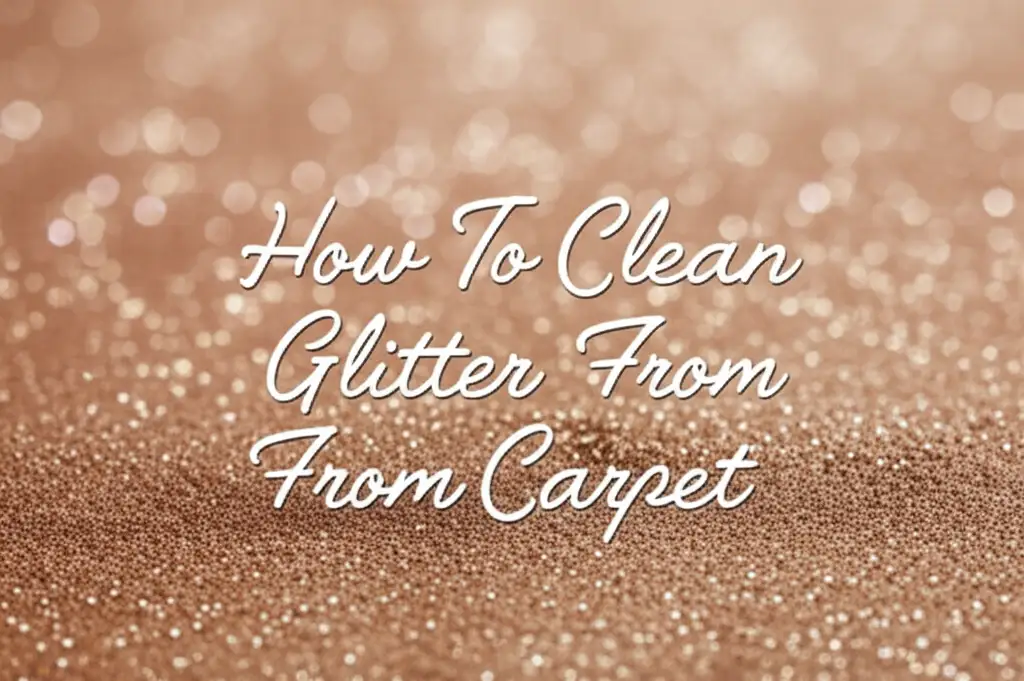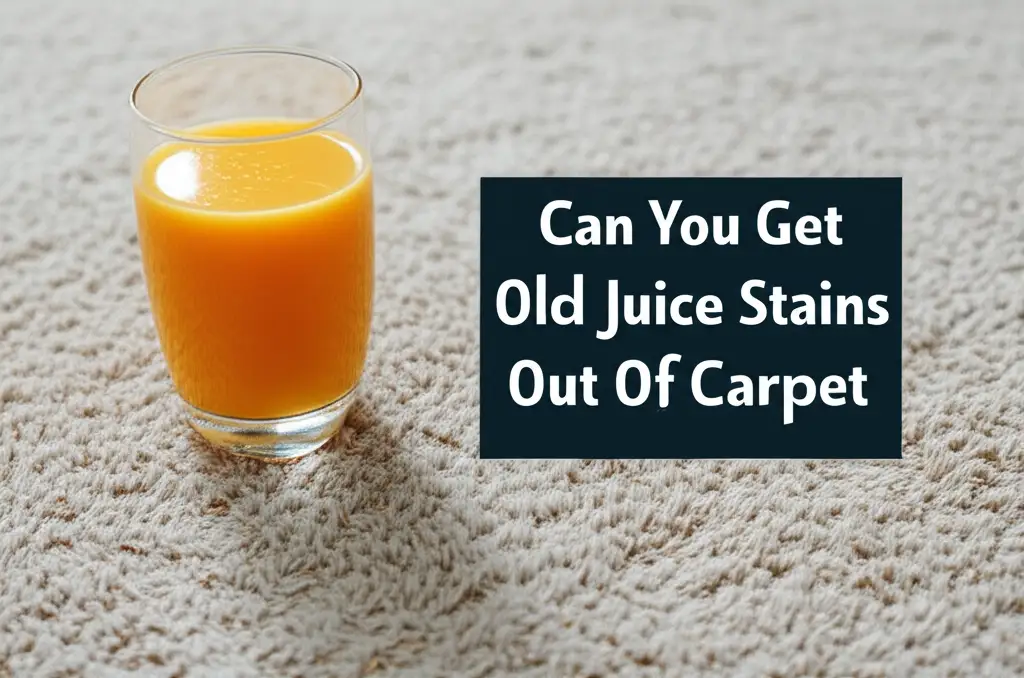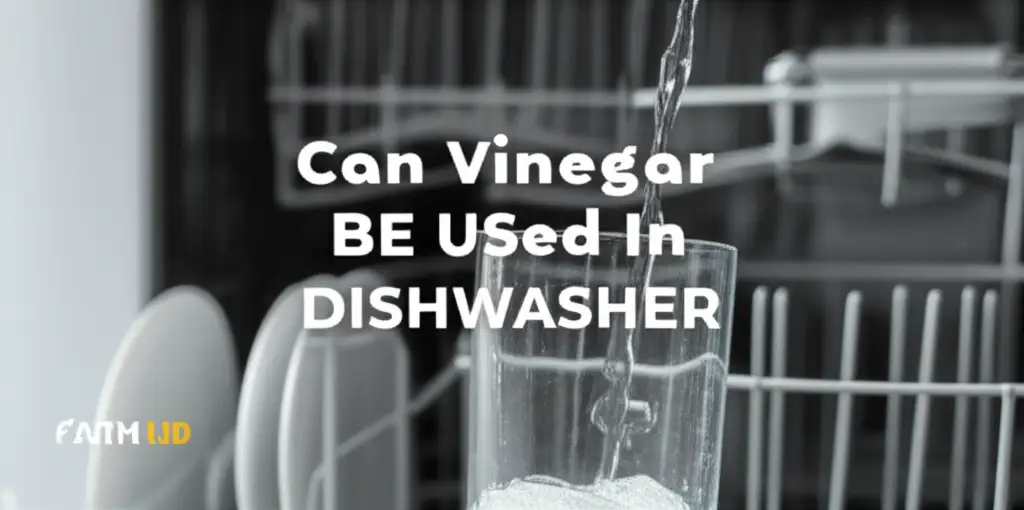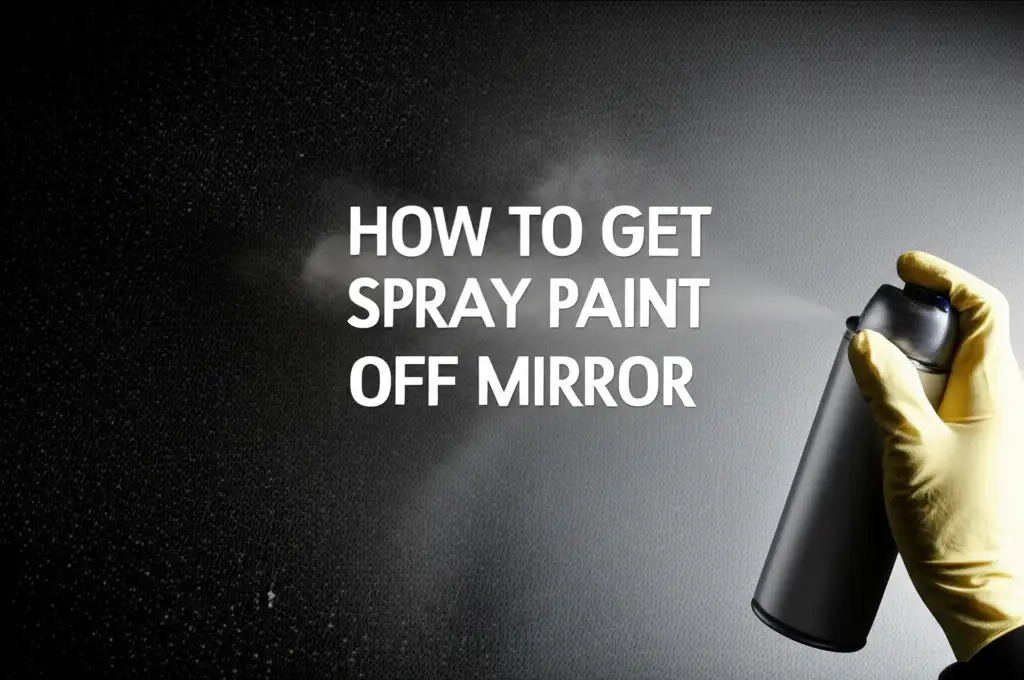· Elira Thomsen · Home Cleaning · 17 min read
Apple Cider Vinegar To Clean Shower Head
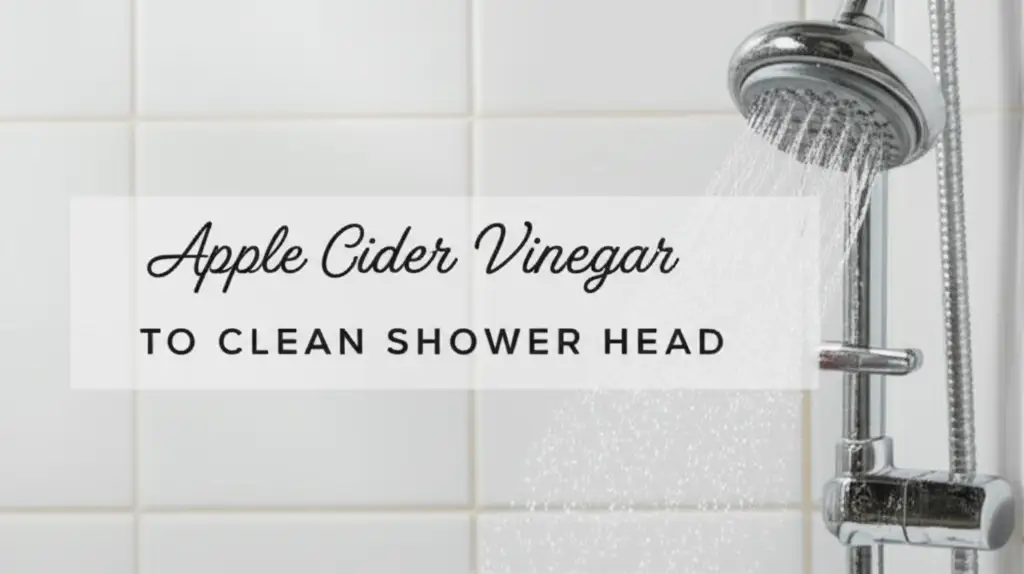
Clean Your Shower Head with Apple Cider Vinegar
Do you often step into the shower hoping for a refreshing stream, only to get a weak drizzle? Many homeowners face this common issue. A dirty shower head is often the culprit. Limescale, mineral deposits, and even mold can clog your shower head nozzles. This build-up reduces water pressure and impacts hygiene. You can solve this problem simply and naturally. I will show you how to clean shower head with apple cider vinegar. This natural solution effectively breaks down stubborn deposits. It restores your shower’s performance. This article explains why cleaning your shower head is important. I will also guide you through the process step-by-step. You will learn simple ways to use apple cider vinegar for a powerful clean.
Takeaway:
- Apple cider vinegar effectively removes limescale, mineral deposits, and mold from shower heads.
- You can use a soaking method for detached shower heads.
- The plastic bag method works well for attached shower heads.
- Regular cleaning prevents build-up and maintains water pressure.
Apple cider vinegar offers a simple, natural way to clean your shower head. It dissolves mineral deposits, limescale, and mold effectively. You simply soak the shower head in vinegar or use a bag for attached fixtures. This restores water flow and improves hygiene.
Understanding Why Your Shower Head Needs Cleaning
Every time you take a shower, water passes through the shower head. This water often contains dissolved minerals. These minerals include calcium and magnesium. Over time, these minerals build up. They form a hard, crusty layer called limescale. This layer accumulates on and inside your shower head nozzles.
Common Culprits: Limescale and Mineral Deposits
Limescale is a common problem, especially in areas with hard water. Hard water has high levels of dissolved minerals. As water evaporates from the shower head, it leaves these minerals behind. They stick to the metal or plastic surfaces. This creates a white, chalky residue. This buildup can clog the small holes in your shower head. When holes become blocked, water flow decreases. Your shower pressure feels weaker. The spray pattern becomes uneven. I know how frustrating a weak shower can feel.
Mineral deposits are similar to limescale. They consist of various minerals from the water. These deposits can also appear as greenish or reddish stains. This happens if your water contains iron or copper. These deposits are hard to remove with just water. They cling tightly to surfaces. You need something acidic to break them down. Apple cider vinegar is perfect for this. It has acetic acid. This acid reacts with the minerals. It makes them easier to wipe away.
The Hidden Threat: Mold and Mildew
Beyond mineral deposits, shower heads can also harbor mold and mildew. Bathrooms are warm and moist. These conditions are ideal for mold growth. Mold appears as black or pinkish slime. It often grows around the nozzles and crevices of the shower head. Mold is not just unsightly. It can also release spores into the air. Breathing in mold spores can cause respiratory issues for some people. This is particularly true for individuals with allergies or asthma.
Cleaning mold is crucial for a healthy bathroom environment. Regular exposure to mold can lead to coughing or sneezing. It might also cause skin irritation. You want your shower to be a clean, safe place. Using a natural cleaner like apple cider vinegar helps. It has antifungal properties. This means it can inhibit mold growth. It cleans away existing mold. This helps keep your shower fresh and hygienic. Maintaining a clean shower area improves overall indoor air quality.
Impact on Shower Performance and Health
A dirty shower head affects more than just aesthetics. It directly impacts your shower’s performance. Clogged nozzles lead to poor water pressure. The water stream becomes uneven and weak. This makes it harder to rinse shampoo and soap from your body. Your shower experience becomes less enjoyable. You might feel like you are not getting truly clean.
More importantly, a dirty shower head can be a health concern. Mold and bacteria can grow inside the head. When you shower, these microbes can spray out with the water. You might breathe them in or get them on your skin. This increases the risk of skin infections or respiratory problems. A clean shower head ensures that the water spraying on you is clean. It provides a healthier shower environment. Regularly cleaning your shower head ensures optimal water flow. It also keeps you and your family safe. This simple task makes a big difference.
Why Apple Cider Vinegar Is Your Go-To Cleaner
Choosing the right cleaner for your shower head is important. Many commercial cleaners contain harsh chemicals. These chemicals can be strong. They might also be harmful to breathe. Some can damage fixtures over time. Apple cider vinegar offers a safe, natural, and effective alternative. It provides many benefits for household cleaning.
Natural Acidity for Tough Deposits
Apple cider vinegar (ACV) gets its cleaning power from acetic acid. This acid is naturally occurring. Acetic acid is an excellent descaler. It reacts with the alkaline mineral deposits like limescale. This reaction breaks down the hard mineral bonds. The deposits then become soft. They are much easier to wipe or scrub away. I have seen how effectively ACV tackles even stubborn hard water stains. The acidity in ACV is strong enough to dissolve mineral buildup. Yet, it is gentle enough not to harm most shower head finishes. This makes it a smart choice for regular cleaning. You get a powerful clean without harsh fumes.
Safe for Your Home and Family
One of the biggest advantages of using apple cider vinegar is its safety. Unlike many commercial cleaners, ACV is food-grade. This means it is non-toxic. You do not have to worry about harmful chemical residues. It is safe for you, your family, and your pets. You also avoid breathing in strong, irritating fumes. When you clean with ACV, your bathroom smells like vinegar, not harsh chemicals. The smell fades quickly once you rinse. This makes cleaning a more pleasant experience. It is especially beneficial for people with sensitivities. Children and pets are also safer around natural cleaners. Choosing ACV protects your indoor air quality. It helps create a healthier living space.
Eco-Friendly Cleaning Power
Using apple cider vinegar is also good for the environment. It is biodegradable. This means it breaks down naturally. It does not pollute waterways or harm aquatic life. Many commercial cleaners contain phosphates and other pollutants. These can harm ecosystems. When you choose ACV, you reduce your environmental footprint. You are making a responsible choice. ACV comes from fermented apples. It is a renewable resource. Its production has a lower environmental impact than synthetic chemicals. Embrace green cleaning practices. Apple cider vinegar helps you do this. It lets you maintain a clean home in an environmentally conscious way.
Cost-Effective Solution
Think about the price of specialized cleaning products. They can be expensive. Apple cider vinegar is surprisingly affordable. You can buy a large bottle for just a few dollars. This bottle will last for many cleaning sessions. This makes ACV a very economical choice. It helps you save money on household supplies. You get powerful cleaning results without breaking the bank. I always keep a large bottle of apple cider vinegar in my cleaning cabinet. It is a versatile product. I use it for many cleaning tasks. This includes cleaning various bathroom surfaces. You can even use vinegar to clean your dishwasher. Learn more about how vinegar can be used in your dishwasher for a sparkling clean. Using one product for multiple jobs simplifies your cleaning routine. It also saves you money in the long run.
Gathering Your Supplies for an ACV Cleanse
Before you start cleaning your shower head, you need to gather a few items. Having everything ready saves time. It makes the cleaning process smooth. You likely have most of these items already at home.
Essential Materials List
Here is what you will need for an effective apple cider vinegar clean:
- Apple Cider Vinegar: Choose a regular household apple cider vinegar. It does not need to be organic or food-grade for cleaning. A large bottle works best.
- Plastic Bag: A sturdy plastic bag works well for soaking. A sandwich bag or gallon-sized freezer bag is good. Make sure it is strong enough to hold the vinegar without leaking.
- Rubber Band or Zip Tie: This will secure the plastic bag around your shower head. It prevents the bag from slipping down.
- Old Toothbrush or Small Scrub Brush: You will use this to scrub away loosened deposits. The bristles can reach into small nozzles.
- Microfiber Cloth or Soft Rag: This is for wiping and polishing your shower head. It also helps dry the surface.
- Pliers or Wrench (Optional): You might need this if you plan to remove your shower head. Some shower heads twist off by hand. Others need a tool. Wrap the jaws of the tool with a cloth to prevent scratches.
- Paper Towels: These are useful for quick clean-ups. They help contain drips.
Safety First: Protecting Yourself and Your Fixtures
While apple cider vinegar is a natural cleaner, always take basic safety precautions. Protect yourself and your bathroom fixtures.
- Ventilation: Ensure good air circulation in your bathroom. Open a window or turn on the exhaust fan. While ACV fumes are not toxic, the vinegar smell can be strong.
- Eye Protection: It is a good idea to wear safety glasses. This prevents accidental splashes of vinegar into your eyes. Vinegar can cause mild irritation.
- Gloves: Wear rubber gloves. This protects your hands from prolonged contact with the vinegar. It also keeps your hands clean from the grime.
- Protect Surfaces: Vinegar is acidic. It can potentially harm certain finishes. Avoid prolonged contact with natural stone surfaces like marble or granite. It can etch them. For shower heads with a special finish, like bronze or brushed nickel, test a small, hidden area first. Most common chrome or plastic shower heads are safe.
- Avoid Mixing: Never mix apple cider vinegar with bleach. This combination creates dangerous chlorine gas. Always use cleaners separately.
- Water Temperature: Use cold or lukewarm water for rinsing. Hot water can sometimes set certain stains or accelerate reactions.
Following these simple steps ensures a safe and effective cleaning experience. You can confidently clean your shower head. Now you are ready to tackle those mineral deposits.
Step-by-Step Guide: Cleaning a Detached Shower Head
Cleaning a detached shower head allows for a thorough soak. This method is often the most effective for heavy buildup. It lets you immerse the entire shower head in the cleaning solution. I find this approach gives the best results for deeply clogged nozzles.
Removing the Shower Head Properly
First, you need to remove the shower head from its arm. This process is usually straightforward.
- Turn off water: Make sure the water supply to your shower is off. This prevents accidental sprays.
- Protect the finish: Wrap a cloth around the base of the shower head. Do this where it connects to the shower arm. This cloth protects the finish from scratches.
- Twist to loosen: Use pliers or an adjustable wrench. Grip the shower head base firmly. Turn it counter-clockwise to loosen it. Some older shower heads might be tighter. Apply steady pressure.
- Unscrew by hand: Once it loosens, you can usually unscrew it the rest of the way by hand.
- Remove old tape (optional): You might see old plumber’s tape or thread sealant on the threads. You can gently scrape this off. This ensures a better seal when you reinstall it.
Once detached, you have full access to all parts of the shower head. This makes cleaning much easier.
The Soaking Process for Deep Cleaning
Soaking is the core of this cleaning method. The apple cider vinegar needs time to work its magic.
- Choose a container: Find a bowl, bucket, or plastic container. It must be large enough to fully submerge your shower head.
- Add vinegar: Pour undiluted apple cider vinegar into the container. Ensure it covers the entire shower head.
- Soak time: Let the shower head soak for several hours. For light buildup, 2-3 hours might be enough. For heavy limescale, leave it overnight (6-8 hours). I often let mine soak while I sleep. This ensures the vinegar penetrates deeply.
- Observe bubbles: You might see small bubbles forming. This indicates the acetic acid is reacting with the mineral deposits. This shows the cleaning process is working.
This prolonged soak allows the vinegar to dissolve the tough mineral crust. It softens any mold or grime.
Scrubbing Away Stubborn Residue
After soaking, the deposits should be soft. Now, you can easily scrub them away.
- Remove from vinegar: Take the shower head out of the vinegar solution. The water will likely be cloudy or discolored.
- Scrub nozzles: Use an old toothbrush or small scrub brush. Work on each nozzle opening. Gently scrub the entire surface of the shower head. The softened limescale and grime should come off easily. Pay extra attention to any stubborn spots. You can also use a toothpick or small pin to clear individual nozzle holes if needed.
- Internal cleaning: If your shower head disassembles further, you can clean internal screens or filters. Scrub them with the brush as well. This often holds a lot of hidden gunk.
This physical scrubbing step ensures all loosened debris is removed. It restores the original flow of water.
Final Rinse and Reinstallation
The final steps involve rinsing and putting your shower head back.
- Thorough rinse: Rinse the entire shower head under running warm water. Make sure to flush out all vinegar and loosened particles. Turn it upside down and shake it. This removes any debris trapped inside.
- Dry and polish: Use a microfiber cloth to dry the shower head. You can also polish it to a shine. This prevents new water spots.
- Reinstall: Apply new plumber’s tape clockwise onto the threads of the shower arm. This ensures a watertight seal. Screw the shower head back onto the arm by hand until it is snug. Then, use your pliers or wrench to tighten it a quarter turn more. Do not over-tighten it.
- Test the flow: Turn on the water. Check for leaks around the connection. Observe the water flow from the nozzles. It should be strong and even. You will notice a significant improvement in water pressure.
Cleaning your detached shower head with apple cider vinegar is effective. It gives you a much better showering experience. Remember, a clean shower head contributes to a clean bathroom. You can find more tips on how to keep other parts of your bathroom clean, such as your tile shower floor.
Step-by-Step Guide: Cleaning an Attached Shower Head
Sometimes, removing your shower head is not practical. It might be too tight, or you might prefer not to. You can still clean it effectively while it is attached. The plastic bag method is a popular and simple way to do this. I find this method very convenient for quick clean-ups.
The Plastic Bag Method Explained
This method involves creating a mini-soaking chamber around your shower head. It lets the apple cider vinegar work without detaching the fixture.
- Prepare the solution: Pour undiluted apple cider vinegar into a sturdy plastic bag. Use enough vinegar to fully submerge the shower head. About 2-3 cups usually works.
- Position the bag: Carefully place the bag over your shower head. Ensure the entire shower head, especially the nozzles, is submerged in the vinegar.
- Secure the bag: Use a rubber band or zip tie to secure the bag tightly around the shower arm. Make sure there are no gaps for the vinegar to leak out. The bag should hang securely.
- Soak time: Let it soak for at least 2-4 hours for light buildup. For heavy limescale or mold, I recommend leaving it overnight, 6-8 hours. The longer it soaks, the better the vinegar can dissolve the deposits.
- Remove the bag: Carefully remove the rubber band and the bag. Be cautious as the liquid inside might be discolored with loosened grime. Dispose of the dirty vinegar.
This method effectively delivers the cleaning power of ACV right where it is needed.
Direct Spray and Brush Application
For some shower heads or less severe buildup, a direct spray and brush application can work. This method is quicker but might require more scrubbing.
- Spray the shower head: Fill a spray bottle with undiluted apple cider vinegar. Generously spray the entire shower head. Focus on the nozzles and any areas with visible buildup. Make sure the vinegar saturates the affected areas.
- Let it sit: Allow the vinegar to sit on the shower head for 15-30 minutes. This gives the acetic acid time to start breaking down the minerals.
- Scrub thoroughly: Use an old toothbrush or a small scrub brush. Firmly scrub all surfaces of the shower head. Pay close attention to each nozzle. Work the bristles into the openings. You should see the grime and limescale start to loosen and flake away. If some parts are difficult to reach, use a small pick or toothpick. This helps dislodge particles from inside the nozzles.
- Rinse: After scrubbing, turn on the hot water. Let it run through the shower head for several minutes. This flushes out any remaining vinegar and loosened debris. You might notice cloudy water initially. Continue rinsing until the water runs clear.
This method is great for regular maintenance or when you are short on time.
Post-Cleaning Steps for Attached Heads
After cleaning an attached shower head, a few final steps ensure a perfect finish.
- Wipe down: Use a clean microfiber cloth to wipe down the exterior of the shower head. This removes any remaining residue or water spots. It also polishes the surface.
- Check water flow: Turn on the shower again. Observe the water flow. It should be stronger and more even. All nozzles should be spraying properly.
- Repeat if necessary: If the water flow is not completely restored, some stubborn buildup might remain. You can repeat the cleaning process. A second soak or scrubbing session often does the trick for very old deposits.
Using these methods helps keep your attached shower head clean and functional. You avoid the hassle of detachment. Regular cleaning with apple cider vinegar maintains optimal performance. It also ensures a hygienic shower environment.
Advanced Tips for Stubborn Shower Head Issues
Sometimes, simple soaking is not enough. You might face extreme limescale or deep-seated mold. For these tough situations, you need more intensive cleaning strategies. Apple cider vinegar remains your primary tool. You can enhance its power with a few extra steps.
Dealing with Heavy Limescale Buildup
Heavy limescale can be very stubborn. It might require more than just an overnight soak.
- Extended Soaking: For exceptionally thick limescale, consider a longer soak. Let the shower head soak in undiluted apple cider vinegar for 12-24 hours. The prolonged exposure gives the acetic acid more time to penetrate and dissolve the layers of mineral buildup. I have found this patience pays off for truly neglected shower heads.
- Warm Vinegar: Gently warm the apple cider vinegar before soaking. Do not boil it. Warm vinegar can sometimes accelerate the chemical reaction. This helps it work faster on tough deposits. Just be careful when handling warm liquids.
- Repeat Soaking and Scrubbing: If the first soak does not remove everything, repeat the process. Soak for another extended period. Then, scrub vigorously again. Sometimes, it takes multiple cycles to break down years of accumulation. Use a sturdy brush. A metal pick or safety pin can help clear individual nozzle blockages.
- Scraping (Carefully): For very thick, hard chunks of limescale on the exterior, you can try gently scraping with a plastic scraper. Be extremely careful not to scratch the shower head’s finish. This step should only be used as a last resort for visible, large deposits.
Patience and persistence are key when tackling heavy limescale.
Combining ACV with Baking Soda for Extra Power
B


